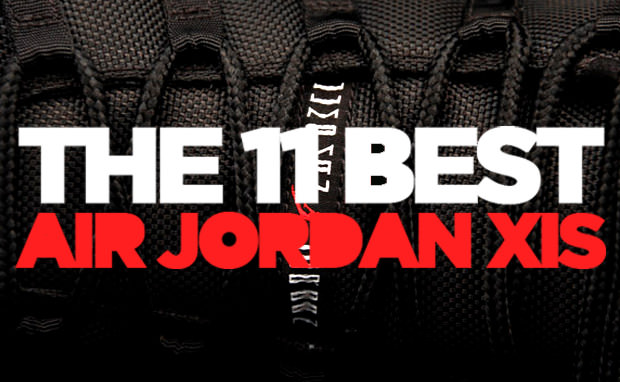This post may contain affiliate links. Please read our disclosure policy.
The Nike KD VI is unlike any basketball shoe we’ve seen from the Kevin Durant signature line. With a summertime launch, low-top cut and asymmetrical design, the KD VI doesn’t look like anything else on the shelves, managing to stand out in the already evolved basketball category. Weighing in at 10.6 ounces, the newest signature shoe from KD is a design oddity, re-appropriating classic elements of technology while introducing new concepts of cut and closure. So, how did the Nike KD VI play on court? Read this Performance Review to find out.
**Note** The pair pictured is the same pair that was played in.
Lockdown: Plain and simple, the KD VI doesn’t fit well. While the two-layer Flywire composition is certainly lightweight, it doesn’t hug the foot at all, bending around the toe box rather than forming. Much like the Hyperize, the shoe pinches more than it conforms to the foot. The asymmetrical tongue is great from a design standpoint, but fails to stay tied tightly. The result is an uncomfortable fit around the ankle with too much wiggle room in the forefoot. Conversely, the molded heel fits well and cradles the foot nicely when backpedaling on defense. When placing all one’s pressure in the forefoot to cut or exploded on offense, the fit is frustrating.
Traction: Traction was definitely one of the biggest selling points of the KD VI when the model was unveiled. The outsole features a data-informed traction pattern, showcased in hexagonal fashion. I didn’t find this attribute an aid to traction, but I didn’t find it a hindrance, either. The KD VI held up well on indoor and outdoor surfaces, providing sufficient grip.
Cushioning: For just walking around, the KD VI is actually pretty comfortable. The shoe is lightweight, the outsole flexes well, and the cushioning feels firm and functional. On the basketball court, the cushioning wows less. The heel Max Air unit is far more firm and less apparent than that of an Air Max runner. On the flipside, it’s also far lighter. A forefoot Zoom Air unit feels very comparable to that of the KD III, providing sufficient court feel but not much support in the way of cushioning. The cushioning was a disappointment when playing, but the general lack isn’t too great of a surprise due to the model’s lightweight direction. Honestly, I really think the KD VI would’ve done well with basketball-specific Lunarlon, countering the rigid upper with a cushy base.
Responsiveness: Next to lockdown, responsiveness was probably my biggest issue playing in the KD VI. Naturally, the two aspects go hand-in-hand. Lack of a snug fit made for more slipping within the shoe, and thus, more lag time when cutting and changing direction. The firm combination of heel Max Air and forefoot Zoom Air was definitely light, but it didn’t give anything back when running, jumping or landing.
Support: Despite its lack of lockdown and low-top cut, the KD VI actually scores pretty well in the support category. The molded heel stands firm and the two-layer Flywire is strong – it just doesn’t fit well. When playing in the KD VI, I never had any issues with support. They took well to landing and cutting, I just wish they held my foot tighter.
Breathability: Breathability was an attribute that didn’t wow or woe. The Hyperfuse upper doesn’t really feature any ventilation, but its mesh lining and ultra lightweight composition more or less make up for that. Its unorthodox tongue styling is where the ventilation is visible, hidden when tied but appropriately covered by mesh. These may get a little hot when playing, but they air out easily.
Durability: Aesthetically, the KD VI takes a bit of a beating when playing, but the smooth Hyperfuse/Flywire upper is easy to wipe off. From a performance standpoint, the firmness of the cushioning and the rigidity of the upper may alter comfort on the shoe, but it does feel and appear as if they’re built to last. Some may find that playing in the KD VI gets better with time.




